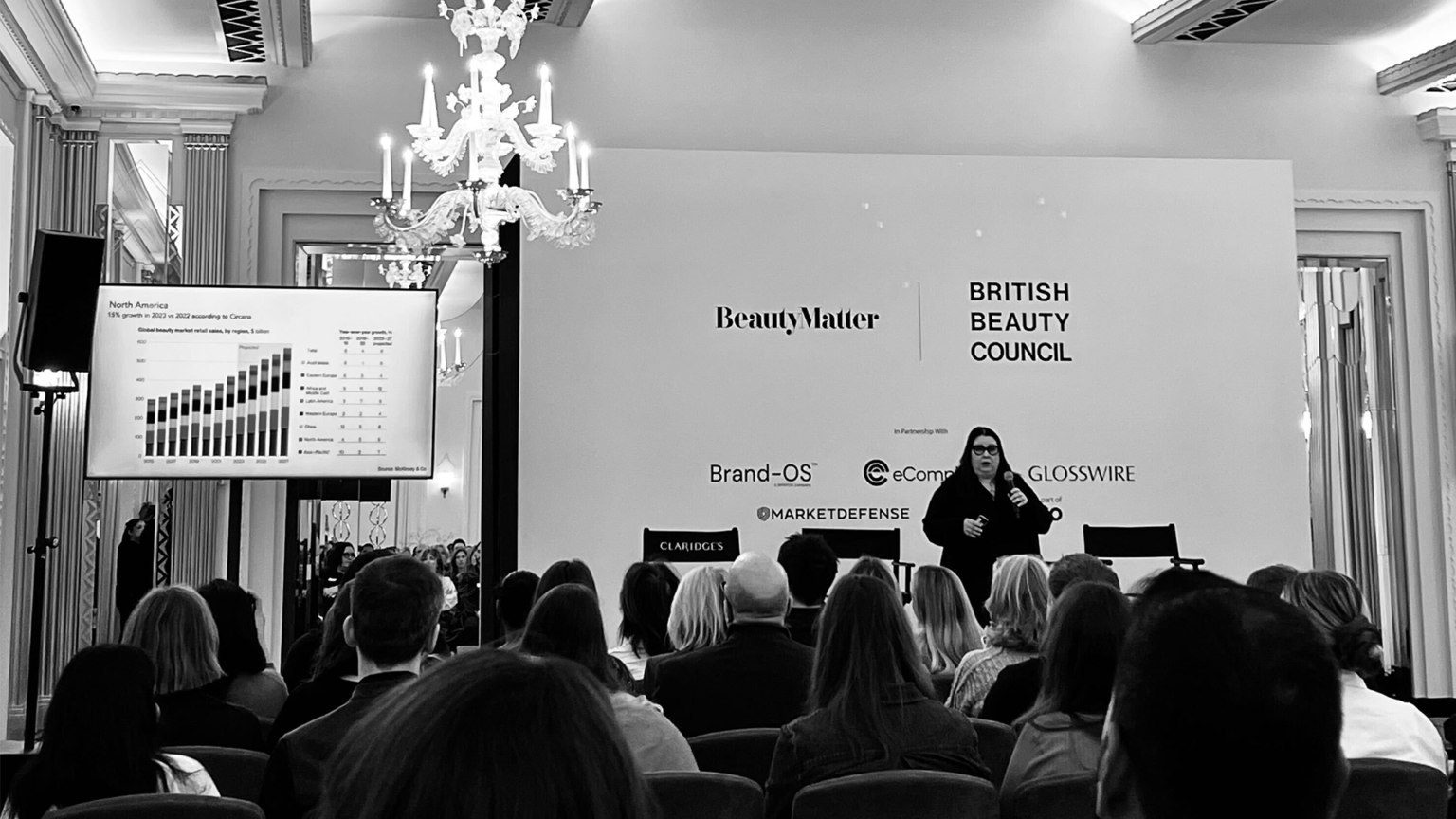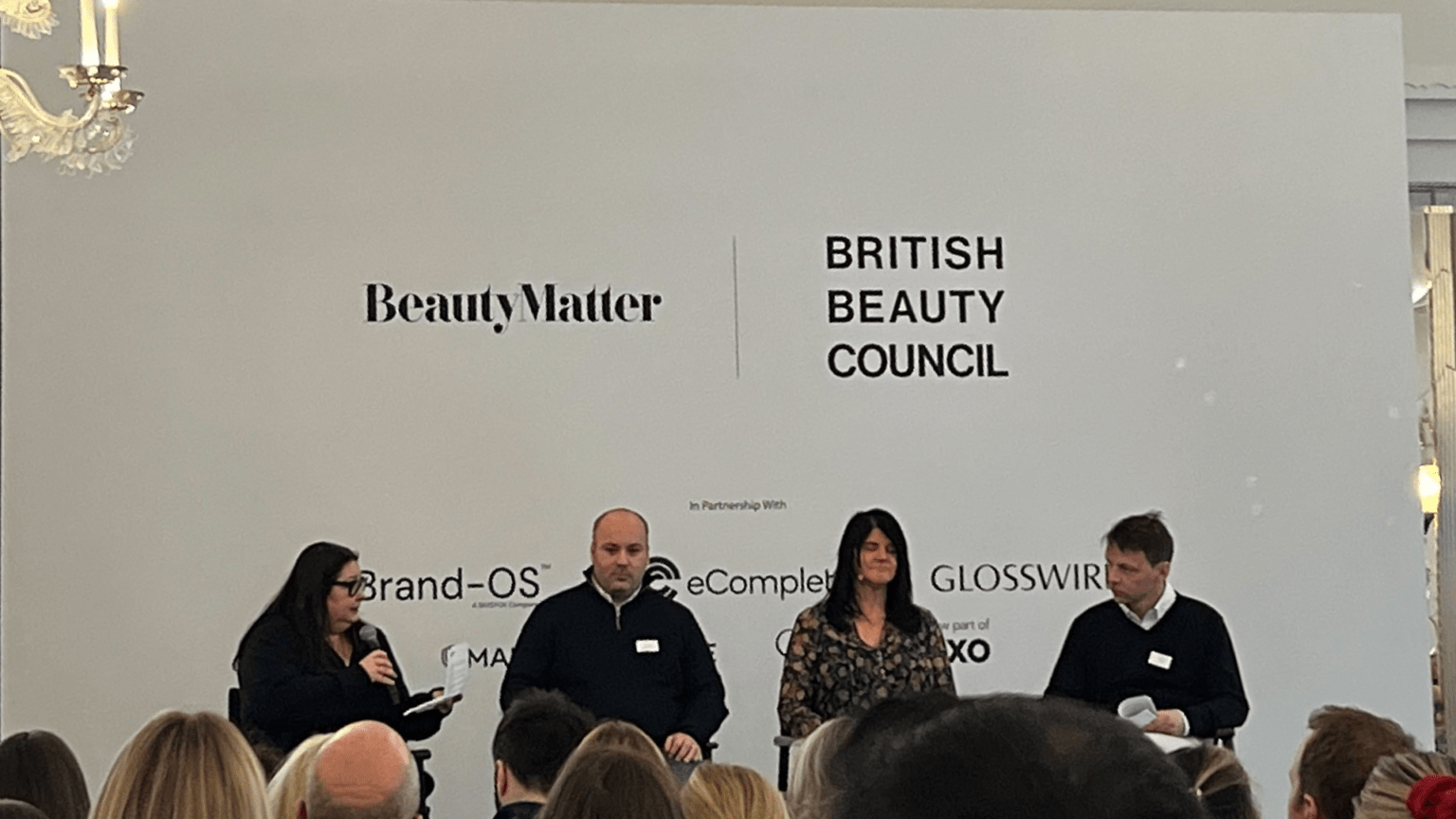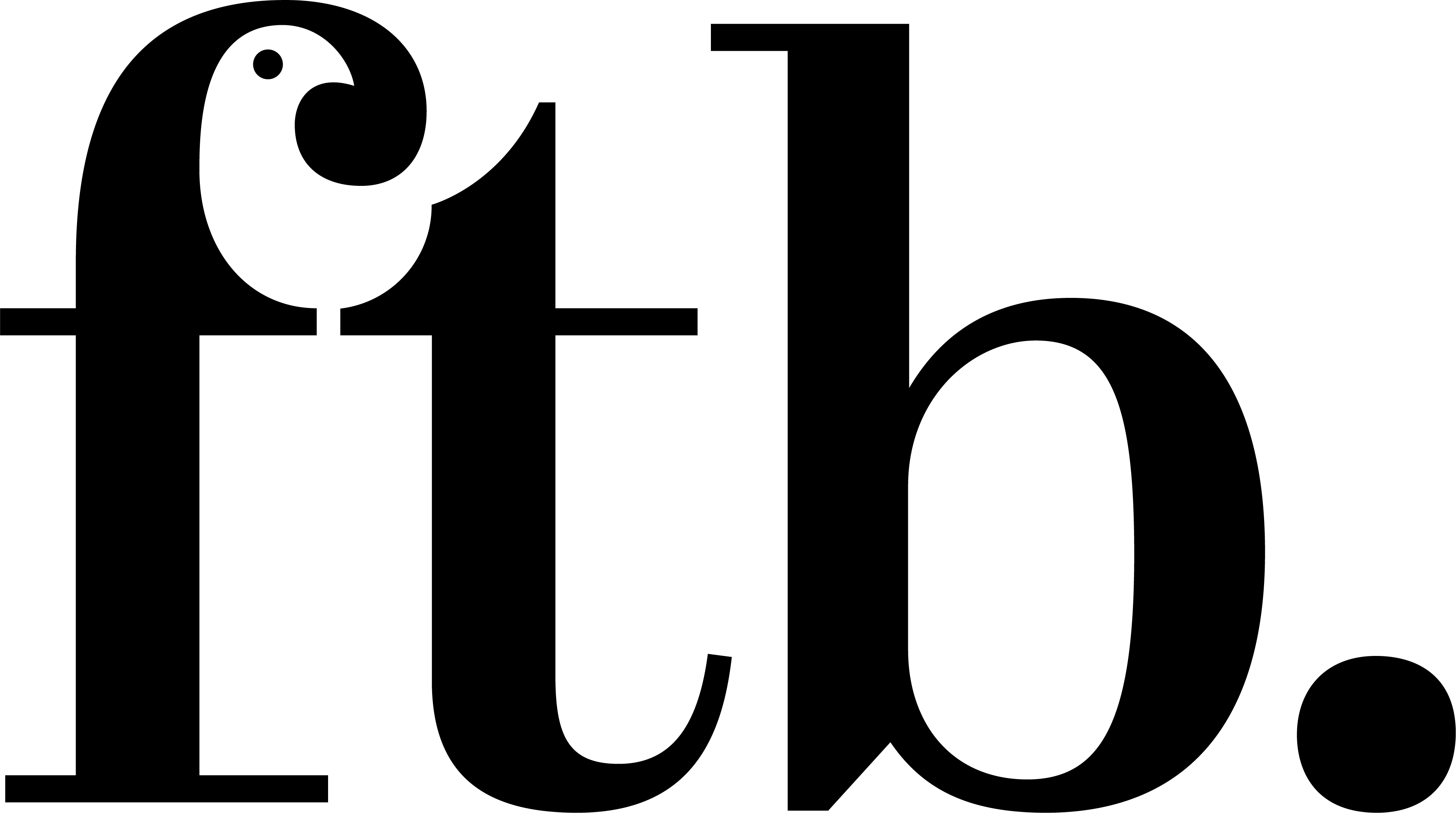Beautiful Thinking.

The British Beauty Council, in collaboration with US beauty industry experts BeautyMatter, examined opportunities for UK brands considering entering the US beauty market, in a jam-packed morning with talks and panels discussions from industry experts in the marvellous surroundings of Claridge’s hotel…




An interesting trend in the US is the growing influence of the Canadian market, which until recently wasn’t a major focus for brands. Similarly, the Mexican market is also attracting attention. This signifies a broader trend of North American market growth in the beauty sector. Brands like Lush are a prime example when prior to entering the US, they first launched in the UK and Canada.
According to McKinsey, by 2027 the US beauty market is projected to reach $114 billion, surpassing China at a forecasted $96 billion. Pre-COVID predictions had China set to overtake the US, however, this shift did not occur. The stagnation is attributed to the maturation of China’s market and the emergence of strong domestic brands energising the US market. This increased competition has also driven up costs. A slowdown was anticipated as any market matures, refocusing energy on the US for sustained growth.
The US beauty industry is expected to exceed $100 billion in 2024, growing at a rate of 2.5%. The largest segment is Personal Care, with online sales contributing 28% of total sales.




Amazon commands over 26% of the beauty market share. Brands must have a strategic approach to Amazon; without it, third parties may capitalise on your absence by selling your products. It is crucial to define and protect your brand’s pricing strategy to maintain control in this significant marketplace.
The US beauty market, with its size and diversity, presents a unique blend of challenges and opportunities for brands.
The dominance of the ‘big five’ retailers can make it seem like there are few entry points for new brands. These retailers control significant market share and can provide instant visibility and credibility. However, their requirements and the high costs associated with securing shelf space can be prohibitive for smaller or emerging brands.
Entering the US market often involves substantial investment. Costs include marketing to a diverse audience, compliance with US regulations, establishing a supply chain that can handle distribution across a vast area, and potentially high fees for shelf space in prominent retail locations. These factors make it costly to enter and compete in the market.
While the market is complicated and competitive, the avenues for growth at scale are relatively straightforward. Brands typically must engage with major retailers or leverage online platforms to reach a broad audience. The rise of e-commerce has provided new brands with an opportunity to bypass traditional retail channels and connect directly with consumers, but this too requires significant investment in digital marketing and logistics.
For brands entering the US beauty market, success depends on a deep understanding of the diverse consumer base and an ability to innovate in product offerings and marketing strategies. While the market poses significant barriers to entry, the potential rewards are considerable for those who can navigate its complexities effectively. The land of opportunity awaits?
